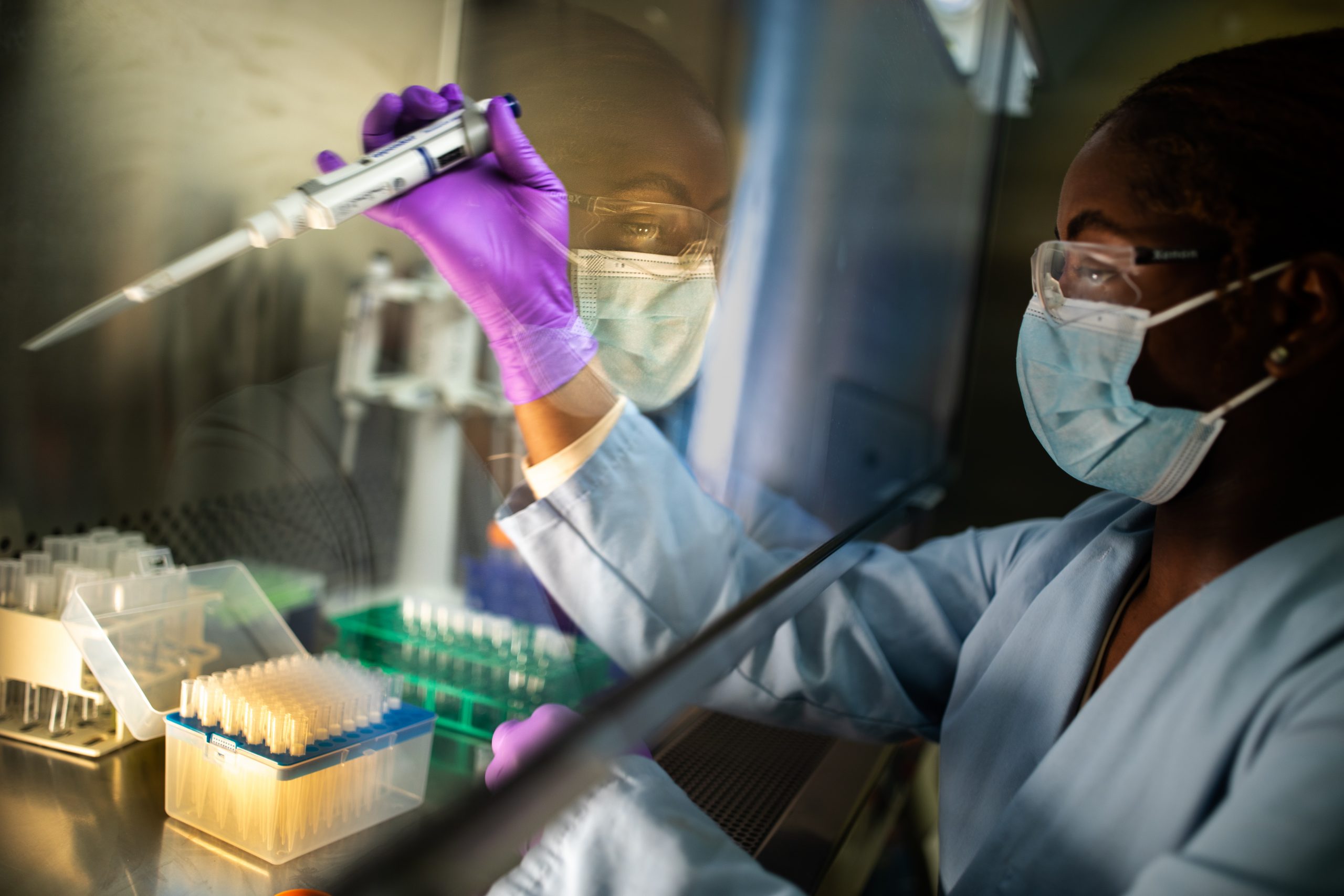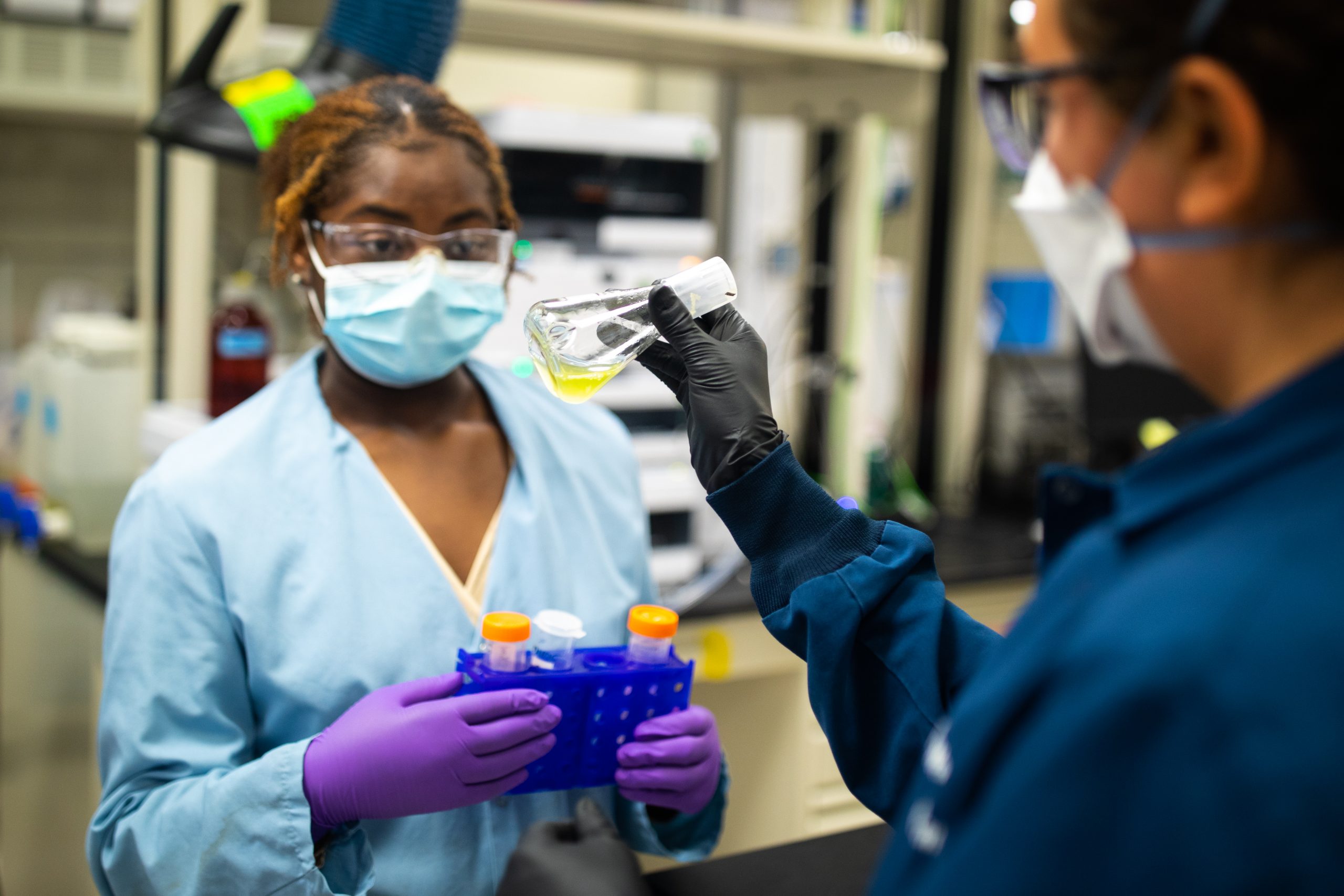ALBUQUERQUE, N.M. — Sandia National Laboratories is sharpening its focus on select historically Black colleges and universities with its Securing Top Academic Research and Talent, or START, program.
START builds academic partnerships that align with Sandia’s mission needs to fuel research collaboration and expose prospective underrepresented students to cutting-edge national laboratory work. In turn, Sandia creates an employee-recruiting pipeline for some of the strongest engineering talent in the U.S. in a competitive market.
“The START program adds to Sandia’s inclusive and diverse culture, while attracting, developing and retaining a highly-qualified, dynamic, diverse workforce to strengthen our mission impact through innovative solutions,” said Rahni Kellum, START HBCU program lead. “We’ve had recruiting relationships with HBCUs but not at this depth of commitment. It’s pretty exciting.”

The program, under construction prior to the pandemic, has four strategic foundational elements supported by Sandia leadership: HBCU partnership development, research opportunities and alliances, STEM program partnerships and talent recruiting and acquisition. About a dozen Sandia Laboratories Directed Research and Development projects have been earmarked for intern participation, including work in materials science, engineering sciences, robotics and computer information systems. Funding for the program comes from Sandia through multiple projects, with a goal of developing outside funding as the program matures.
“Sandia believes that enhancing research partnerships with HBCUs in this way will allow us to expand the diverse talent pool available in our job searches and ultimately increase the innovation and diversity of our workforce,” said Susan Seestrom, Sandia’s chief research officer.
That support from Sandia’s highest levels of leadership has enlivened the effort. “We’ve found a lot of energy within Sandia for the START program,” Kellum said. “We have numerous advocates, including Sandia executive staff, who are championing the program. There also are a lot of Sandia volunteers working with us, which is important because this is essentially a homegrown program.”
Matching capabilities with missions
Sandia has identified five HBCUs with strong science and engineering programs that match Sandia’s national security and other missions and enjoy robust enrollment in advanced degrees in science, technology engineering and math to join START:
Florida A&M University-Florida State University College of Engineering is a collaboration between a top historically Black university and a major research institution.
Norfolk State University College of Science, Engineering and Technology, which offers several graduate programs with emphases in material science, cybersecurity and computer science.
North Carolina Agricultural and Technical State University College of Engineering has seven departments offering 23 degrees at the undergraduate, master’s and doctoral levels.
Prairie View A&M University is comprised of six departments that provide a deliberate balance between engineering classroom theory and research application.
Alabama A&M University College of Engineering focuses on electrical, civil, mechanical and material engineering, computer science, physics, chemistry and mathematics.
Sandia also is exploring relations with Tuskegee University and Morgan State University.
Eyeing the best pupils
The program relies on continuous communication between Sandia and the participating universities at every level, from leadership to faculty to the researchers and students themselves.
At the highest level, Sandia executive champions hold monthly virtual meetings with research and engineering leadership at each of the five institutions. “They discuss big-picture strategies, like appropriately aligning the program and building awareness through campus events and communications,” Kellum said.

“Meanwhile Sandia researchers and school faculty zero in on ground-level activities, like identifying specific collaborative research opportunities and planning campus visits,” Kellum said. “Importantly, this is often where we strategically pair Sandia researchers with HBCU faculty to ensure talent on both sides align with specific Sandia research projects and goals.”
Sandia program champions and researchers also provide critical onsite one-on-one meetings between leadership, researchers, faculty and students. These face-to-face meetings create relationships that help to refine program strategies and specific research partnerships, while building collaborations in the trenches for technical workshops, career fairs, information sessions, professional development and other frontline activities for prospective students.
“Sandia actually came to my class,” said Tamar Ambers, a student at Prairie View A&M and Sandia project-controller intern. “It wasn’t a career fair. It wasn’t like they wanted to be seen around campus. They came into a freshman class. We have 17- and 18-year-olds just graduating high school and they’re talking to us about this job, this program.”
One such project involves students with FAMU-FSU’s High-Performance Materials Institute, which focuses on composite and nanomaterials, structural health monitoring, multifunctional nanomaterials advanced manufacturing and process modeling. “My students are working with Sandia scientists measuring and designing materials’ performance in extreme conditions after introducing additives, learning how and why they fail or endure,” said Rebekah Sweat, an assistant professor with the FAMU-FSU College of Engineering and institute. “We’re also co-planning a materials technical workshop here between FAMU and Sandia.
“Last year three scientists from Sandia came and talked with our students,” Sweat said. “They answered all technical and nontechnical questions from the students, who enjoyed the mentorship of the Sandia scientists across career development and educational pathways.
“The personal touch Sandia has provided has been special. My students really want to be inspired by their work, and the projects at Sandia have been a perfect fit.”
Deeper dive into diversity
Sandia Labs believes that diversity generates discovery. “By embracing inclusion and diversity, Sandia creates an exemplary culture for success,” Labs Director James Peery wrote in a letter to the workforce this May. “A diverse workforce demonstrates the Labs’ strength and richness by delivering exceptional service from varied experiences and perspectives.”
Peery called it a business imperative.
“Inclusion and diversity make Sandia a stronger national laboratory and help us achieve our missions by bringing unique backgrounds and perspectives to the problems we solve,” he said. “We also become a better place to work. This program better equips all employees to create a culture that yields more innovation and better business results. It’s just good business.”
Don Gillich, Sandia manager in research and development science and engineering, also sees the business value in START. “I have been impressed with our HBCU interns’ quality of education,” he said. “In addition to the research partnerships, START provides us an opportunity to hire from different areas of the country.”
Kellum said the program will continue to grow. “This year, Sandia’s operations division is piloting a START HBCU Internship Institute,” she said. “We have about 16 interns on roll for this pilot.” And the START program is prospecting beyond the STEM platform into environmental science, management and marketing.
“This is a deeper, strategic alliance that directly connects to Sandia’s national security missions,” said Kellum. “These START partnerships are specifically designed to advance our innovative research programs while developing our future workforce.”